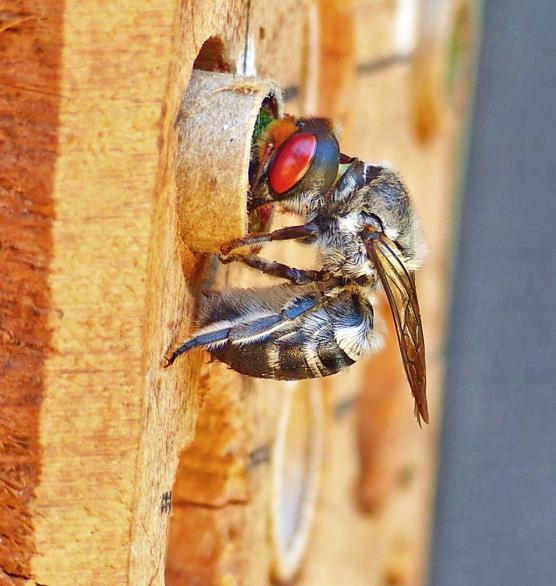
Bee Hotels To Boost Bees After Bushfires
The ANBA is delighted to announce that we have been successful in securing the Federal Government’s Bushfire Recovery Grant! The

The ANBA is delighted to announce that we have been successful in securing the Federal Government’s Bushfire Recovery Grant! The
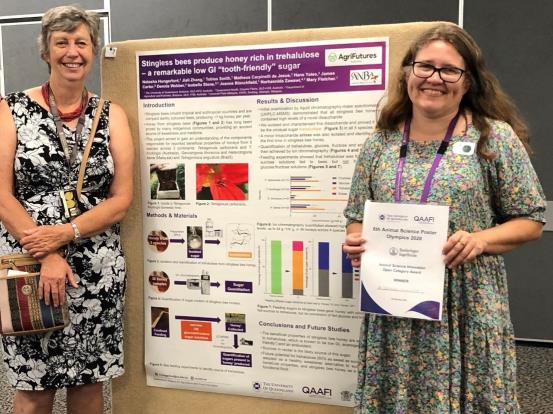
The results presented in the articles in the previous issue on the physical properties and chemical composition of stingless bee
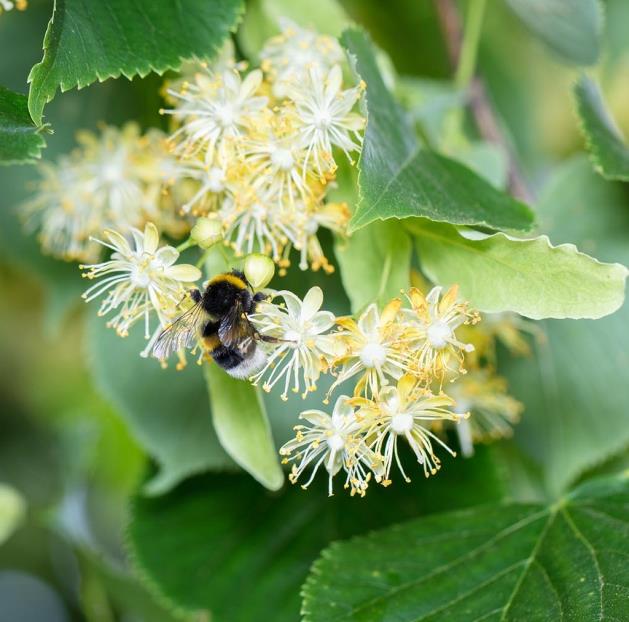
Green infrastructure in cities may serve as a refuge for insect pollinators, especially in the light of an ongoing global
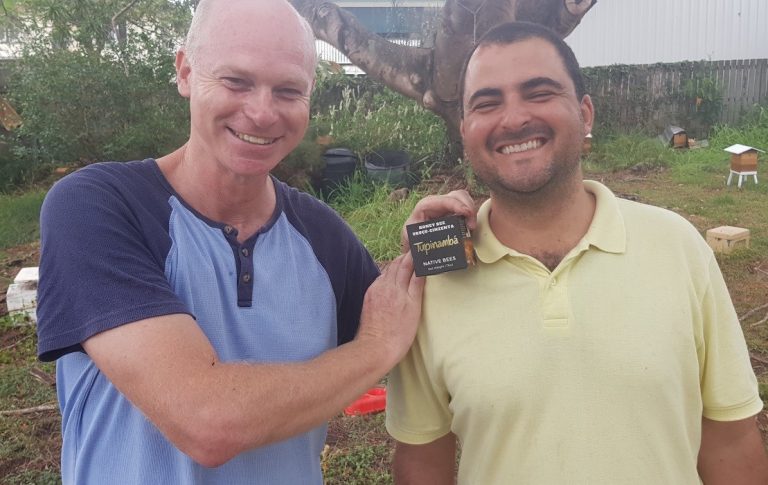
Our feature article this week dives into some very recent research results. Keen readers of our little newsletter will be
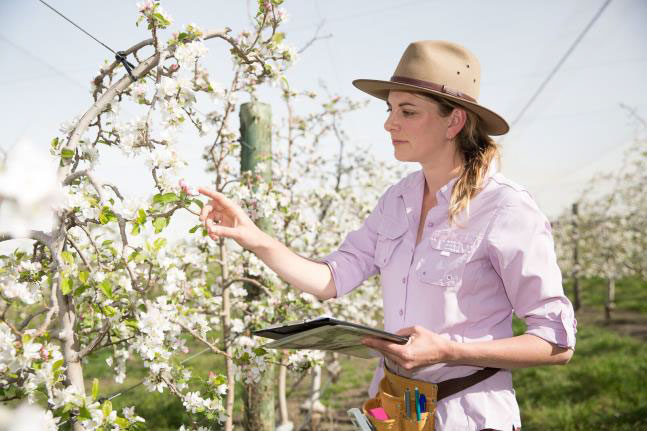
Amy-Marie Gilpin, Laura Brettell, James Cook and Sally PowerHawkesbury Institute for the Environment,Western Sydney University FEATURE ARTICLEEach monthly issue of
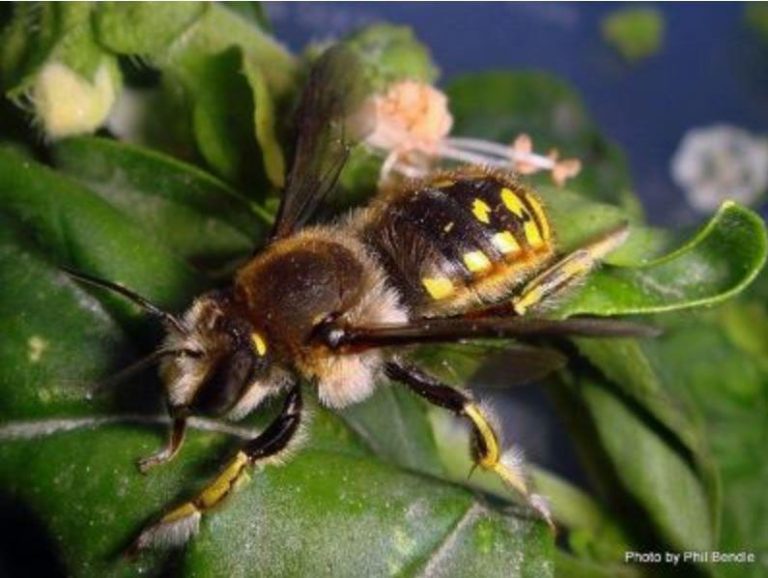
Australia has been invaded by the European wool carder bee, Anthidium manicatum. About the size of a honeybee but a
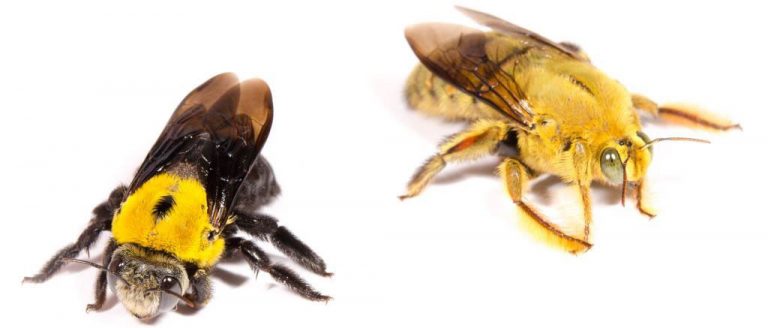
“Scientific names are the ultimate names to use for precision when talking about species and are essential for science. But
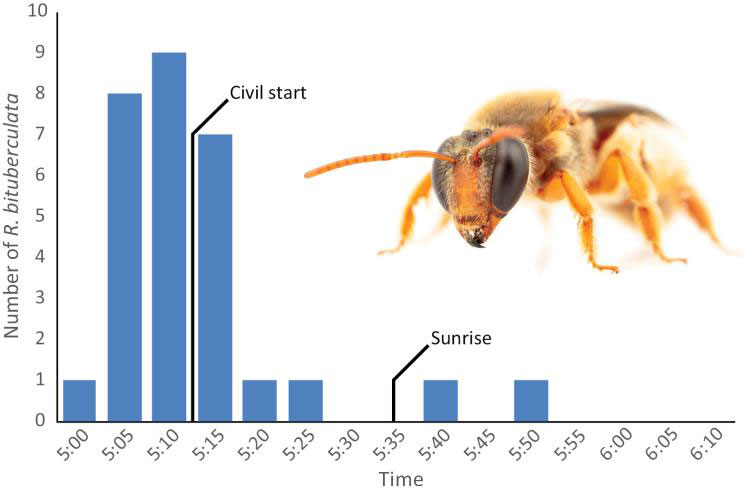
South Australian bee researchers have studied the diversity of Australian bees known to forage in the low light at dawn
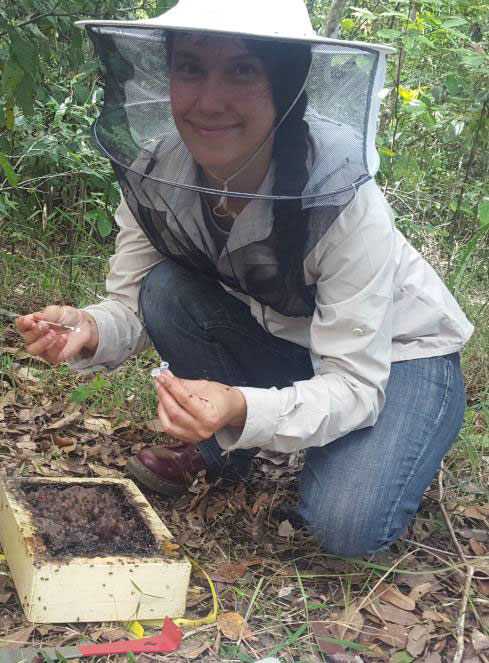
Researchers from Australia and Germany have published the results of an experiment on the pollen resources used by the stingless
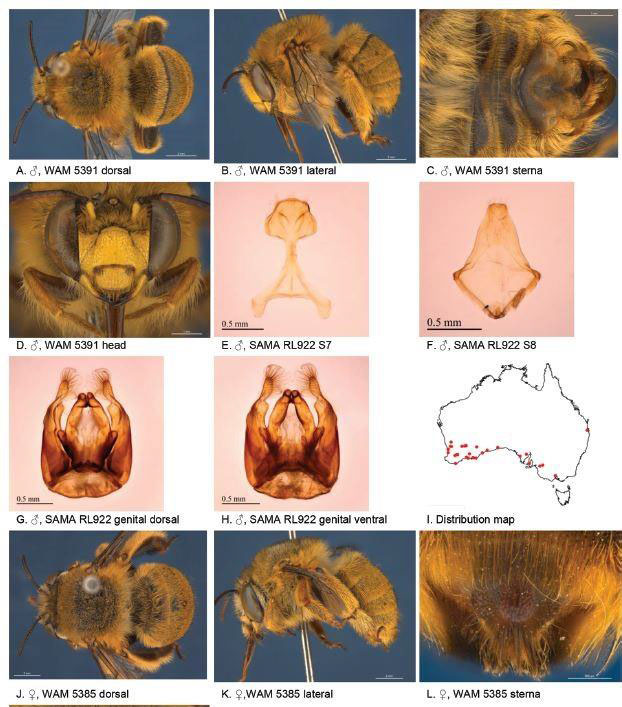
Blue-banded bees are not the only stars of the Amegilla genus. Another group includes teddy bear bee, the red singer
Urbanisation is a prominent and increasing form of land-use change, with the potential to disrupt the interactions between pollinators such
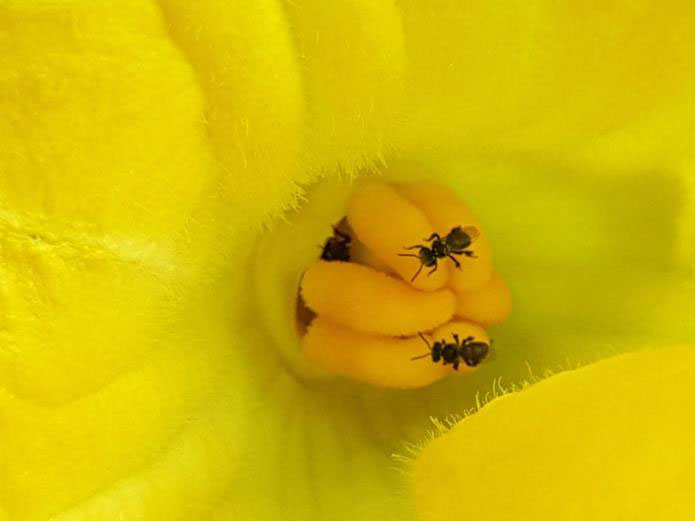
It was because of my vegies that I made my initial and very tentative enquiries into bees. Five years of